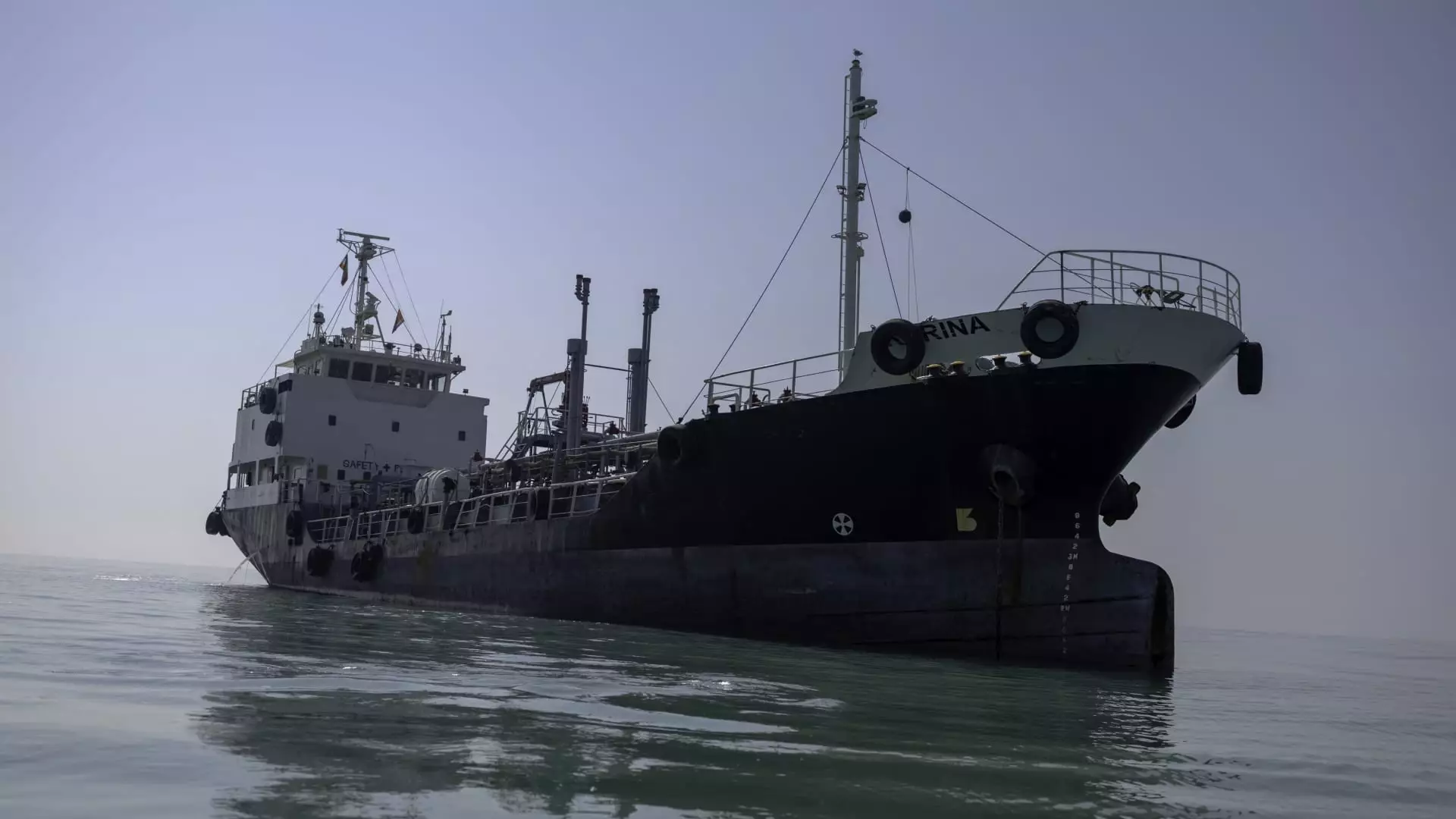The recent conflict between Israel and Iran has sent shockwaves through global shipping routes, transforming the Persian Gulf and the Red Sea into precarious waters for marine insurers and operators alike. Following Israel’s unexpected strike on Iran, marine insurance costs have seen a notable uptick. Charges have soared from 0.125% to 0.2% of a ship’s value for traversing the Gulf. This abrupt shift highlights the degree to which geopolitical tensions can reshape economic landscapes in mere days. Furthermore, the cost of insurance involving Israeli ports has ballooned to an astonishing 0.7%, underscoring the dramatic reshaping of risk assessments in maritime operations.
The ramifications extend beyond mere numbers. The reduction of validity periods for insurance quotes from 48 to 24 hours reflects an environment that is becoming increasingly volatile, prompting swift recalibrations in policy. Such changes are not merely bureaucratic adjustments but indicate a palpable fear in the marine insurance community regarding the potential for a broader regional conflict, especially as airstrikes continue to dominate headlines. Marcus Baker, an industry expert, implied a cautious optimism, suggesting that despite current violence, shipments continue, albeit under heightened scrutiny. But can we afford to take such risks lightly?
Rethinking Route Navigation in High-Risk Areas
As tensions escalate, shipowners are beginning to rethink their navigation strategies, particularly when it comes to the pivotal Strait of Hormuz. Internationally recognized as a critical conduit for oil, any shift in shipping patterns could have far-reaching effects on global energy markets. Industry representatives like Jakob Larsen have remarked on the “modest drop” in the number of vessels willing to brave this essential aquatic artery, revealing a growing apprehension about security in one of the world’s most strategically vital chokepoints.
This reluctance strikes at the heart of global economic stability. Should oil shipments through the Strait be compromised, prices could spiral, leading not just to skyrocketing costs at the pump but also to cascading effects on the supply chain—effects that would ripple far beyond the Middle East. With uncertainty becoming the new norm, the question arises: how much longer will insurance and shipping industries sustain operations in such turbulent waters?
The Broader Implications of Regional Conflicts
The interconnectedness of today’s global economy means that regional conflicts can no longer be viewed in isolation. The implications for trade, energy prices, and international relations ripple outward, affecting countries far removed from the contentious territories. The increase in war risk insurance rates, particularly concerning the Red Sea and the Persian Gulf, is a tangible manifestation of these broader economic realities.
Navigating these challenges demands not only a strategic realignment of shipping routes but also a proactive engagement at the political level. As the United States and other global powers watch the unfolding drama, their potential intervention remains a double-edged sword, capable of both stabilizing and further inflaming tensions. The ongoing situation is fraught with complexities that require a balanced approach—one that neither enables unchecked aggression nor isolates diplomatic solutions.
In an era where geopolitics converge seamlessly with global trade, understanding the stakes and potential fallout from such conflicts becomes increasingly essential for all stakeholders involved. As the situation develops, vigilance and adaptability will be key to weathering the storms of change that lie ahead.

Leave a Reply